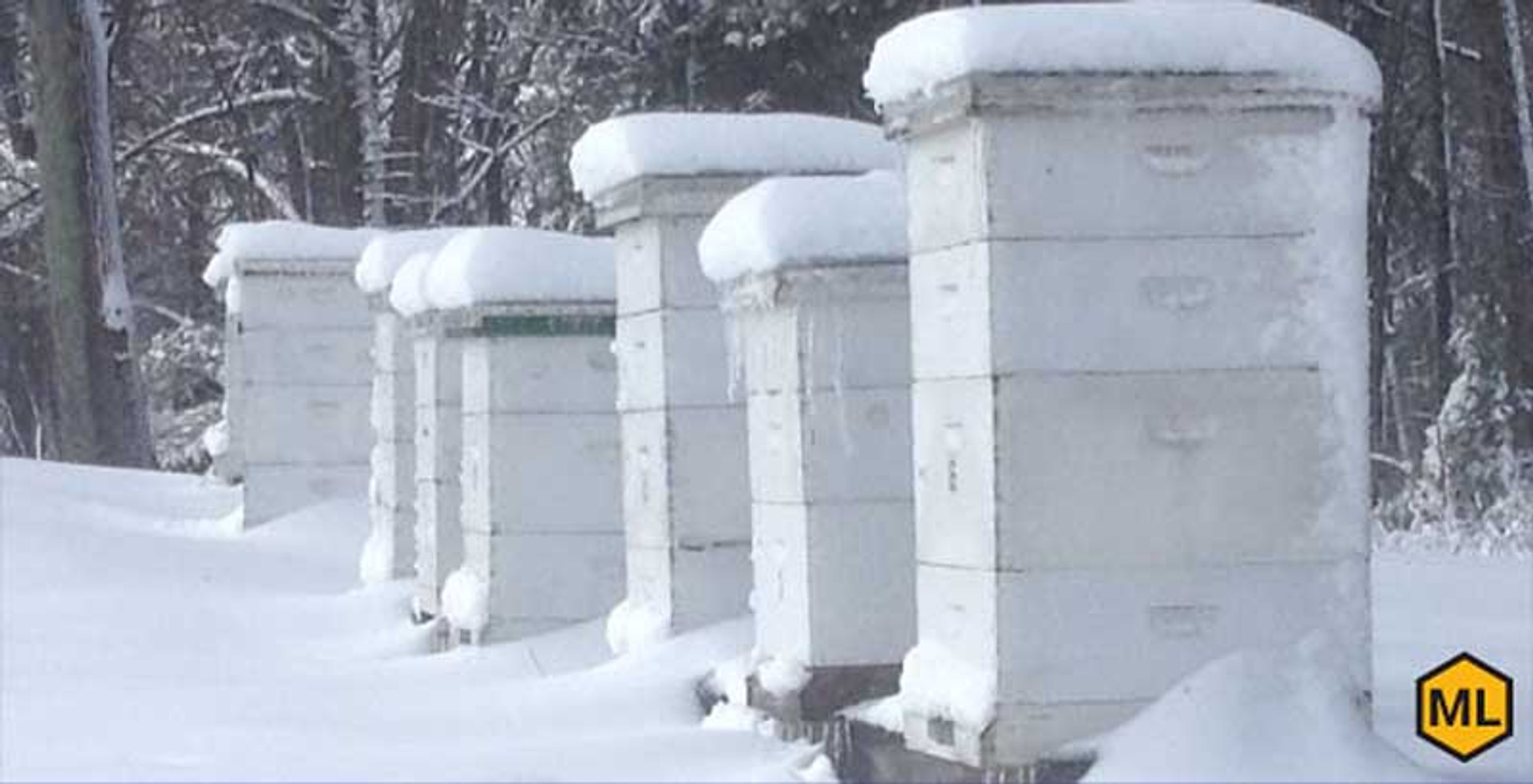How To Make A Beehive Moisture Board
Once winter hits, your honey bees will be working hard to keep the inside of the hive warm. Unfortunately, the heat they produce comes with a dangerous side effect: moisture. Proper ventilation can keep moisture from building up in your hives, but it isn’t always enough. That’s where moisture boards come in. When you install a moisture board at the top of your hive, you help regulate the hive’s humidity and prevent mildew, condensation, and other serious dangers. Read on to learn how to make a beehive moisture board and keep your honey bees healthy and dry all winter long.

WHY USE A MOISTURE BOARD?
While making your own moisture board isn’t complicated, you should first understand what it is and how it works. The warm, humid air inside your beehive rises to the top. In the winter, the colder outside temperatures can’t hold moisture in the air. As a result, condensation can form at the top of the hive and drip down onto your honey bees. Moisture boards prevent this. Their absorbent materials capture this moisture and prevent condensation from forming. The moisture board regulates humidity by releasing moisture back into the hive when it meets dry air.
HOW TO MAKE A BEEHIVE MOISTURE BOARD
While it’s easy to buy moisture boards for your hive, you can also build one of your own with the proper supplies. First, you’ll need an absorbent, sturdy material such as Homasote or a similar type of fiber wallboard. Your board should only measure about half an inch thick. Now, you just need measurement tools and something to cut the board. Measure the board so that it will fit on top of your hive, below the outer cover, and then cut it to size. Next, cut a groove lengthwise through the center of the board. This should be about an inch wide and 3/8 of an inch deep. This groove allows the board to expand and contract as it absorbs and releases moisture throughout the season.
Winter brings a lot of challenges for beekeepers, but Mann Lake is here to help you through it. With the right knowledge, resources, and quality beekeeping supplies, you can keep your apiary safe and start next spring with a healthy, buzzing colony.

